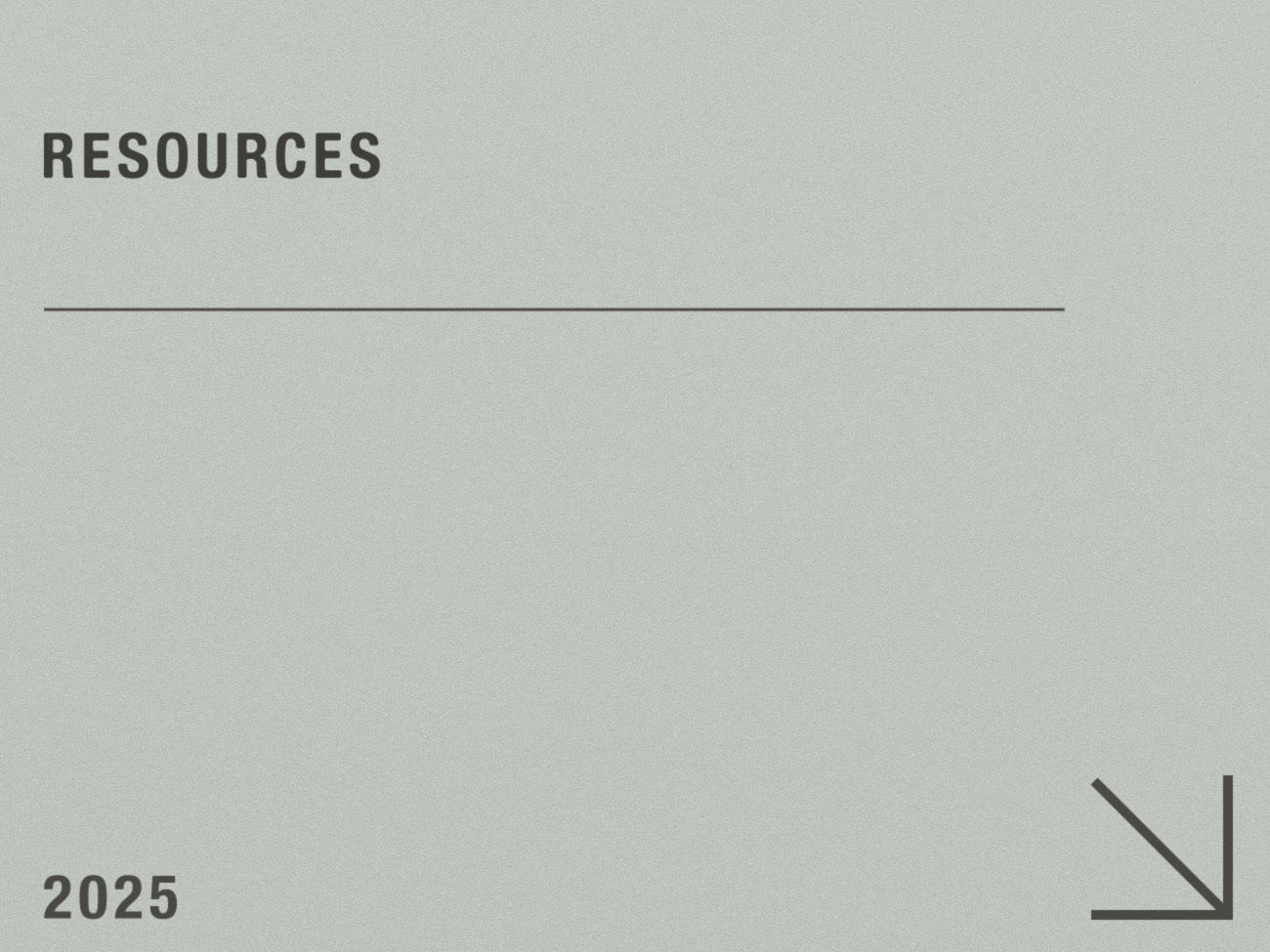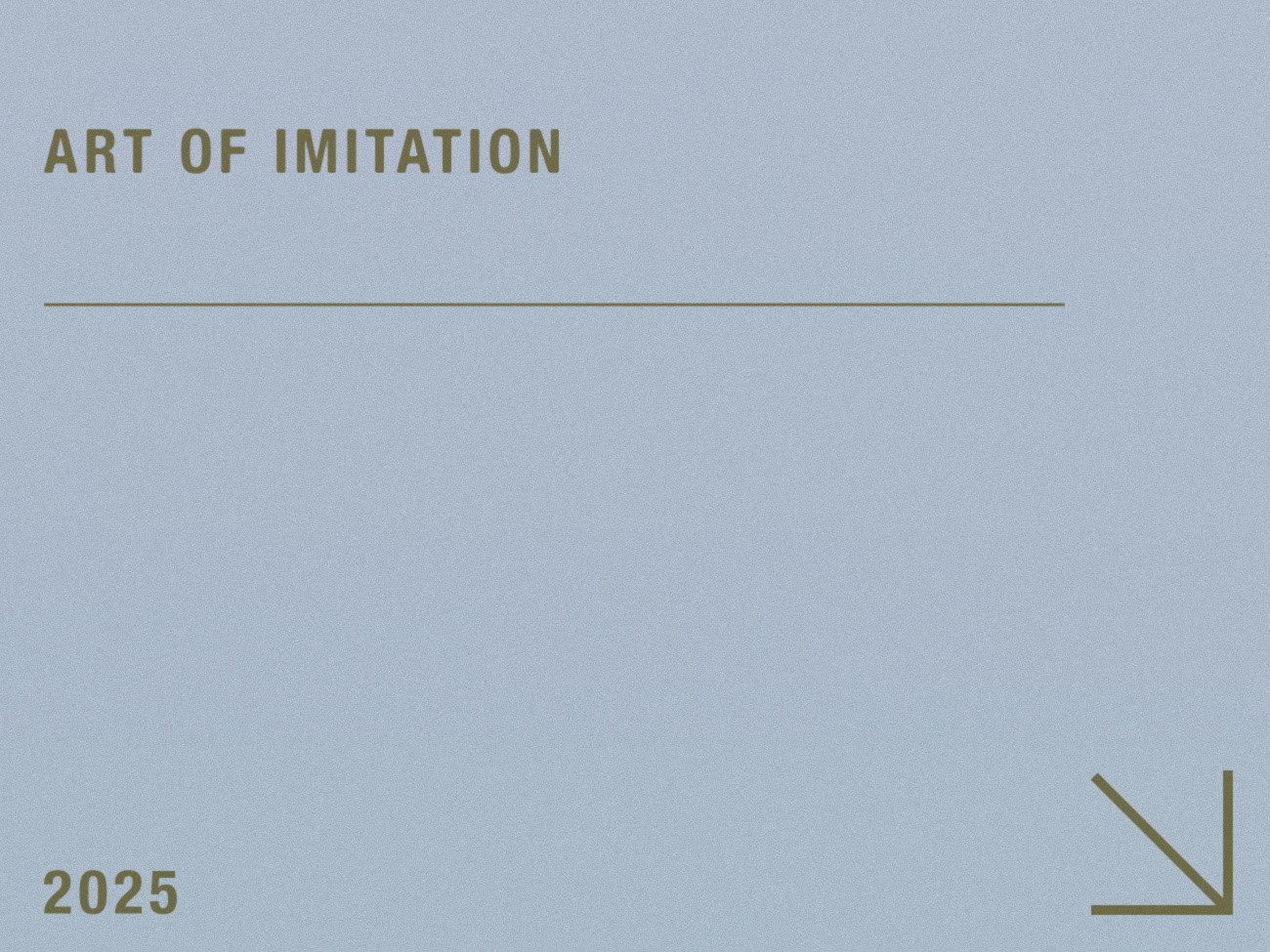29 Mar 2025
Art is not a significant tool for political change.
Art is often praised as a force for political transformation, but historically, it has never played a significant role in enacting real political change.
While art may accompany political movements, it does not lead them. The majority of the work required for political change happens outside of art—through activism, policy shifts, direct action, and systemic resistance. Because of this, calling art a “powerful tool” is misleading; at best, it is a minor contributing factor, or an amplifier of established resistance.
The main point of contention I see with the ideal of art as activism, is that art on the whole is more effective at maintaining the status quo. I believe this reality needs to be acknowledged in activism. Art, when critical of systems, is often absorbed into those very systems in a way that neutralises its power. Instead of creating direct action, even with the best of intentions, politically critical art allows people to vent their frustrations and feel engaged without actually threatening the structures they critique. This functions as a way to manufacture consent, reinforcing the illusions of freedom and democracy, solidarity with resistance while maintaining systemic obedience and subservience.
Oppressive regimes and powerful institutions can tolerate or even encourage political art as long as it does not translate into real action. This means art is essentially a double-edged sword. If art indeed does have political power, and arguably it always does in some dimension, it can reinforce both resistance and oppression. Moreover, I think it is crucial to recognise that throughout history, art has been used by oppressive regimes to shape narratives, control populations, distract populations, and normalise ideologies. The fact that art can serve power just as easily, if not more prominently shows that it is not inherently a tool for liberation. This said, I would like to emphasise that this does not negate all artistic power in political change.
While art is almost never, in a significantly impactful way, an initiator of political change, it does seem to have power in reflecting existing political dynamics. When meaningful political action is already taking place, art can amplify or document that movement, even if it does not drive substantive change itself. It is also a useful tool in documenting the intricacies of entrenched interests, the characteristics of propaganda, and the boundaries of what a system is able to tolerate or accommodate in the way of resistance. If there is no real political shift occurring, political art remains an aesthetic protest—symbolic rather than substantive.
The art world, as an industry or establishment, is highly complicit in shaping the dynamic between power and resistance. The art world thrives in selling radicalism without living it. Many artists and institutions produce politically charged art while still depending on the same Neo-liberal, elitist and exploitative structures they claim to critique. What is more, by promoting a tolerable level of radicalism, these systems are able to obfuscate, appropriate, and in the ultimate case, pacify resistance. This makes much of political art hypocritical—it provides a moral alibi for artists, audiences, institutions and the larger systems of power themselves to feel engaged without taking the necessary risks and sacrifices for change.
If art truly threatened power, it would not be tolerated in the mainstream institutions, reputable galleries, or the commercial art market.
Art is valuable for many other reasons, but its political function is dangerously overstated. Rather than being a force for radical change, art often absorbs discontent and redirects it in non-threatening ways. This should be judged on its own merit, it could entail long-term stability, and non-violence, it could entail appeasement or a necessary margin of compromise, and of course, it could entail corruption and coercion.
Real political change is necessary, not least in keeping the powers in check. This requires direct action, organising, and systemic resistance. At best art is a positive augmentation, however even with the best of intentions it always risks pacification.
There have been cases where art has contributed to resistance movements, such as the samizdat literature in the USSR, music in apartheid South Africa, photography and journalism against racial segregation in the US, films and documentaries in the anti-Vietnam war movement, and much more. But even in such contexts, those movements relied far more on political organising, economic pressures, or outright force than on artistic influence.

